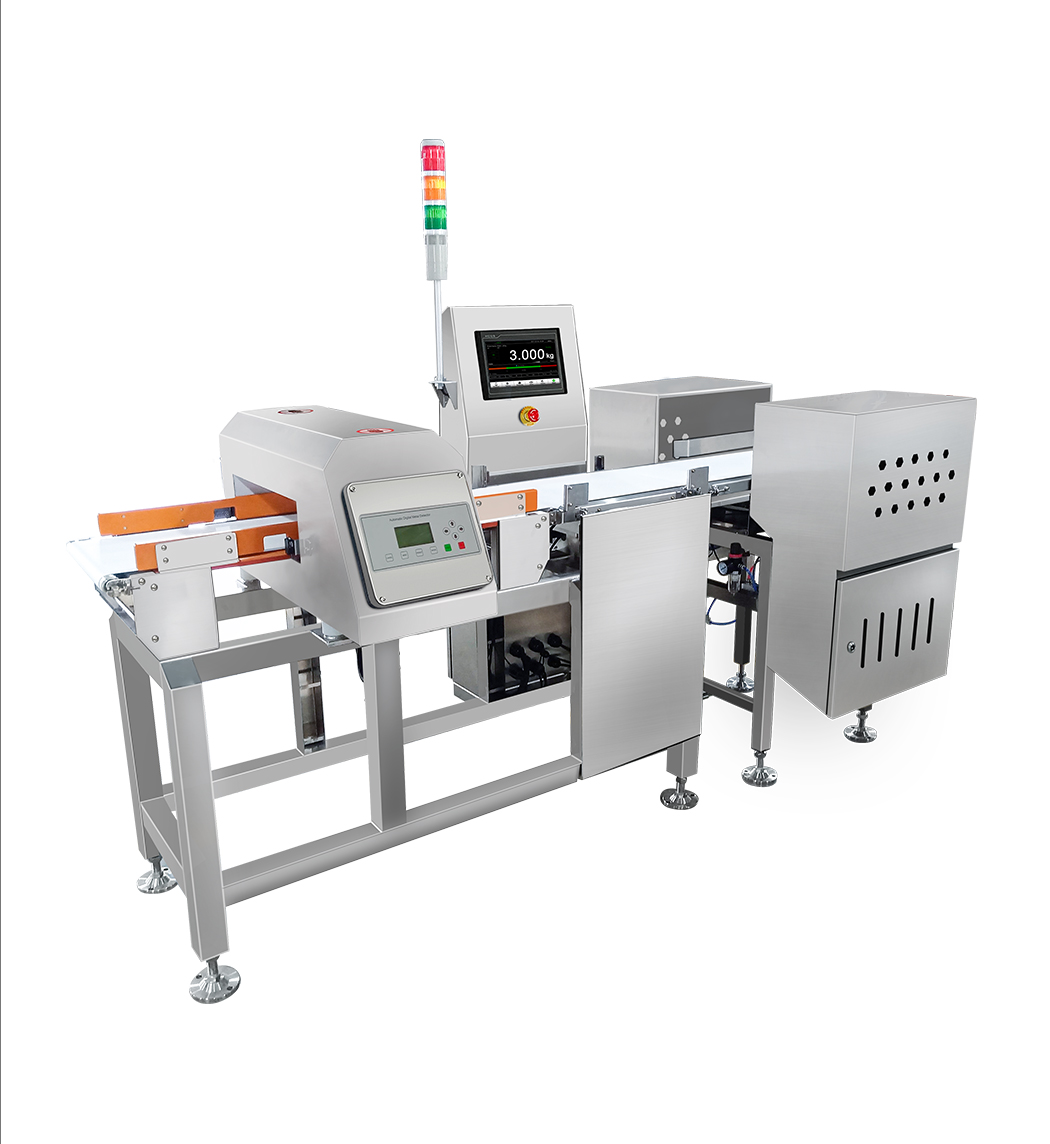Weight Indicators | Weighing Controller for Batching
- Get link
- X
- Other Apps
Weight Indicators: The Heart of Accurate Weighing Systems
Weight indicators play a crucial role in modern weighing systems, serving as the interface between the load cell and the user. These devices process and display the data gathered by load cells, which measure the weight of materials or products. The weight indicator is responsible for converting raw data into a readable and understandable format, allowing operators to monitor weight measurements in real time.
In industries such as manufacturing, logistics, and food processing, accurate weight indicators ensure that products meet quality control standards and regulations. These indicators are equipped with various features like digital displays, the ability to communicate with other systems, and customizable settings to suit specific operational needs. Whether integrated into packing machines, conveyor systems, or batching processes, a reliable weight indicator is essential for maintaining operational efficiency.
Weighing Controller for Batching: Enhancing Process Accuracy
A weighing controller for batching plays a vital role in industries that require precise ingredient mixing, such as food production, pharmaceuticals, and chemicals. Batching involves weighing specific quantities of materials, and a weighing controller ensures that each batch meets the required specifications.
These controllers are designed to manage and control the distribution of materials into mixers or containers with high accuracy. They help maintain consistency across production batches by controlling the flow of materials and ensuring that the correct proportions are used every time. A good weighing controller for batching can prevent errors, reduce waste, and increase overall productivity.
Moreover, these controllers often come with built-in safety features to avoid overloading, ensuring the longevity of the equipment and preventing product quality issues.
Checkweigher: Ensuring Consistent Product Weight
Checkweighers are essential tools in packaging lines and quality assurance processes. They automatically verify the weight of products as they move along production lines, ensuring that each item meets weight specifications. Checkweighers can be used to check for both underweight and overweight products, ensuring compliance with industry standards and minimizing product waste.
A checkweigher system typically works by weighing products dynamically while they are in motion, allowing for continuous monitoring without interrupting the production flow. This ensures that products that fall outside the acceptable weight range are flagged and removed from the line for further inspection. In industries like food packaging, pharmaceuticals, and consumer goods, automatic checkweighers are critical for maintaining quality control and customer satisfaction.
Weigh Controller: Mastering the Art of Weight Management
A weigh controller is a versatile device used to manage and control various weighing applications, from batching and dosing to continuous weighing systems. These controllers are designed to interface with load cells and other weighing components, enabling operators to monitor, adjust, and maintain optimal performance levels in real-time.
Weigh controllers are used in a variety of industries to streamline processes and enhance efficiency. Whether for a small-scale packaging operation or large-scale industrial manufacturing, a weigh controller ensures that the proper weight is maintained, reducing the likelihood of errors. In addition to providing precise weight management, they often feature customizable interfaces, remote monitoring capabilities, and real-time reporting to improve operational decision-making.
Weighing Scale Indicators: Enhancing Operational Visibility
Weighing scale indicators are designed to provide operators with the necessary information to monitor weight data from a scale. These indicators are used across many industries and are an essential part of weighing systems. They allow users to track measurements in real-time, making them integral to tasks such as inventory management, logistics, and quality control.
These devices are typically equipped with digital displays, offering clear and easy-to-read information about the weight of the items being measured. They also allow for the integration of additional features such as tare weight, cumulative weight tracking, and data logging. Weighing scale indicators help businesses optimize operations by ensuring that the correct weight is always recorded, facilitating smooth workflows and reducing the chances of product inconsistency.
Automatic Checkweighers: Revolutionizing Quality Control
Automatic checkweighers are an advanced solution for continuous weight verification in production lines. Unlike manual checkweighing processes, automatic checkweighers can perform the task without human intervention, greatly increasing efficiency and accuracy.
 |
These systems use high-speed technology to weigh products as they move along a conveyor belt. If a product falls outside the acceptable weight range, the checkweigher automatically removes it from the line for further inspection. This ensures that only products that meet the weight specifications are sent to customers, reducing waste, improving customer satisfaction, and maintaining compliance with industry regulations.
Automatic checkweighers are commonly used in industries such as food and beverage, pharmaceuticals, and packaging, where maintaining product consistency is critical. With their ability to process large volumes of products quickly, these checkweighers help businesses meet high demand while ensuring precision and quality.
Conclusion
In modern industrial operations, weighing technology is essential for maintaining accuracy, consistency, and efficiency. From weight indicators and weigh controllers to checkweighers and automatic checkweighers, each component plays a vital role in optimizing production processes. Investing in high-quality weighing systems can improve product quality, streamline workflows, and ensure that businesses meet the demands of a competitive marke.
- Get link
- X
- Other Apps


Comments
Post a Comment